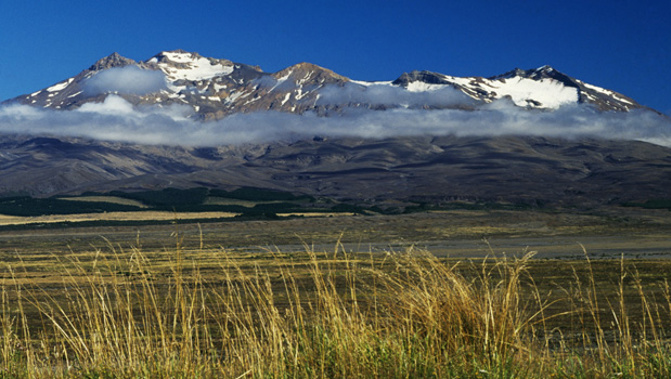
New Zealand's highest volcano has mellowed in the past fortnight after its crater lake warmed and caused the strongest volcanic tremor signals in nearly a decade
Volcanologists said Ruapehu's crater lake was cooling down and seismic activity had decreased since April 28.
The temperature had declined to about 37C in late April and was at 34C today, GNS Science said.
"During April we recorded intermittently moderate to strong levels of volcanic tremor at Mt Ruapehu, however since April 28 the level has more than halved," volcanologist Brad Scott said today.
The lake had been in a heating phase which started late last year when the lake was just 15C.
The lake's temperature peaked at over 40C in late January and early February.
GNS Science said the lake was sampled on April 24 and no changes were apparent in the chemistry of its water.
The lake attained high temperatures in late January then started to cool, but in April temperatures shot back up, reaching the high 30s.
It was not unusual to have a "double peak" of this nature, Mr Scott said at the time.
The tremors were not strong enough for people to feel, he said.
"Active volcanoes will record a variety of seismic signatures," he said.
These included "discreet earthquakes" often too small to be felt.
Gas and fluids moving inside the volcano could generate the tremors.
A reliable way of predicting how these tremors would influence "surface activity" such as eruptions was not established.
Mt Ruapehu remained at Volcanic Alert Level 1, which was associated with "minor unrest".
Take your Radio, Podcasts and Music with you









